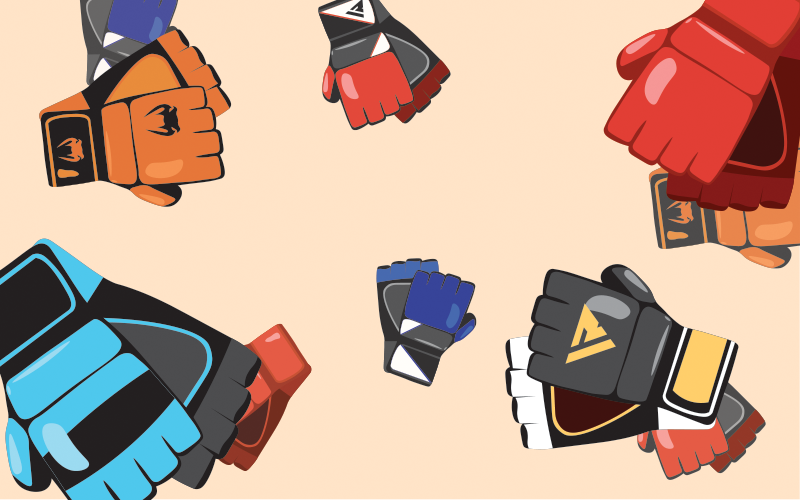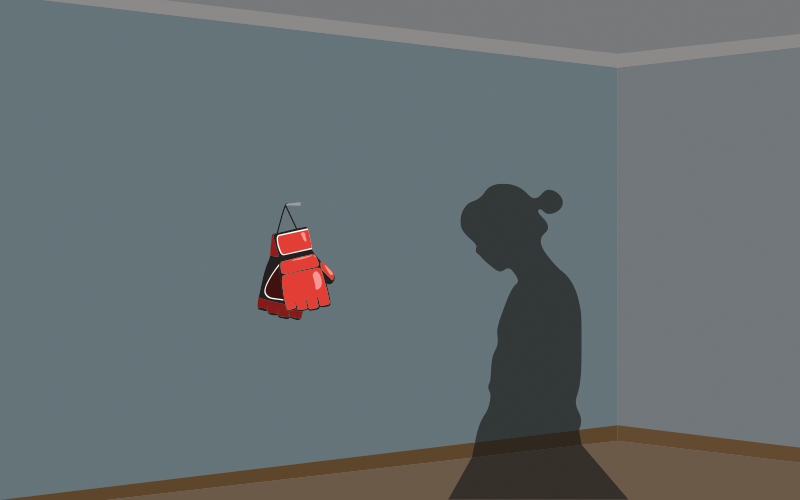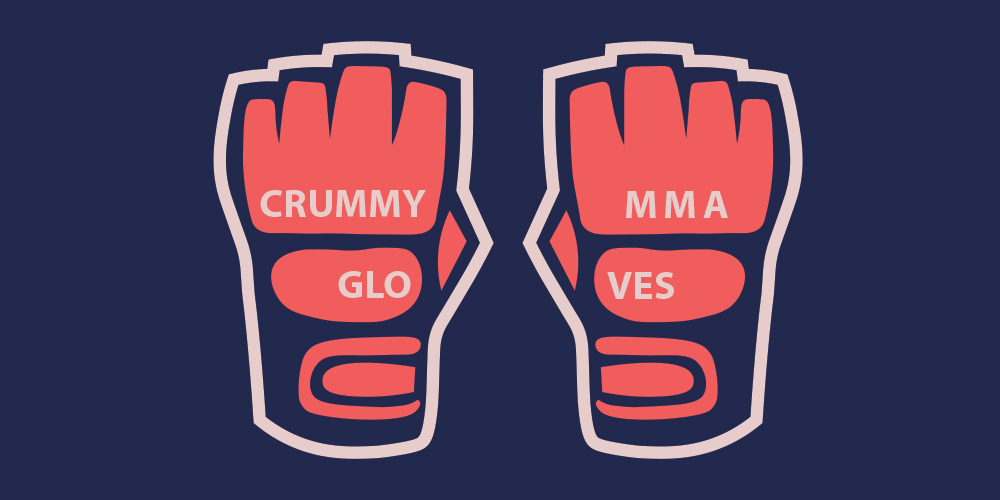Last month The Smart Set published my essay about teaching an introductory composition class for first-year students at the University of Wisconsin-Madison. I had dreaded the thought of the class, imagining it as a kind of detention hall where students would chew gum and throw crumpled paper balls and inflict suffering on me with the run-ons of their uncaring prose. We all knew what high school English teachers did to us — they abused us, they tortured our ideas and unfettered selves — and I would be the first target of the aggrieved. I decided to try to teach writing as it existed in the real world — not the ancient good-for-you texts, but Karl Ove Knausgård’s experimental seasons essays; not writing as a necessary professional skill, but writing as a tool for self-awareness in our fast, distracted times. The detention hall became a practice hall, or a hall of mirrors, where we could examine ourselves and our gazes on the world, and our openness to writing and self-improvement inspired beautiful essays as meaningful and interesting as Knausgård’s.
Each of these writers is different, and their prose affected me in different ways. Andrea Crummy took my class the first semester I taught it, and she was the first student to write something that I would think about long after I graded the assignment, those clear and detailed images painted like frescoes on the walls of my memory. This spring I met Chikere Oduocha [her “Hands” will be published May 17] and Emma Duffing [her “Pillow” will be published May 31] over Zoom. The music of Chikere’s lyrical prose, her movement from the physical to the spiritual, gave me solace and joy. And Emma read the ending of her draft to me during a one-on-one conference and I almost cried. Afterward, I could only stutter, This is good, this is so, so good.
Each of these writers — all women of different ethnicities — has utilized a form conceived by a middle-aged man from Norway to describe private and individual experiences much different from his. They bend their words toward different causes, different objects, and visions of life. Yet this is writing, art: who has not battled out of sadness, grieved, and felt communion with others?
Knausgåd has spoken about how in writing you merely create a space in which something can be said. An essay, story, novel, or poem allows us to say what it would be impossible to say openly to a stranger. We enter the consciousness of another, occupy their inner voice, and listen as they describe the world they see, as they speak of triumph and sorrow. None of these writers, standing at the front of a classroom on the first day, would utter such private thoughts in detail. Nobody would. And even if they did, that voice would not be unbroken: the stares of others, or silence, or the will to be unnoticed would interrupt their monologue. But in writing, they can speak clearly and immediately. And we feel with them, we understand them.
I have written enough on this topic. Who are the writers now? Who were the writers, always? All of us, if we are patient and dedicated and receptive to the world. If we carve a few true and simple words out of the fibers of the page. In the next few weeks, you will discover three new thrilling writers in this short series of things and tales from the physical and internal world. Listen to the whispers of their lives. Dwell in the patient, spacious voices of their prose.
Marek Makowski
MMA gloves are shaped for the hands of a mixed martial artist and thus provide protection while maintaining functionality and freedom of movement in the hands. Similar to boxing gloves, MMA gloves are built with a flexible leather exterior, padded foam interior, and Velcro wrist closure system, but they differ in weight, structure, and usage. They weigh four to six ounces and encapsulate the hands of the fighter but have open-fingered slits to maximize motor movement for not only stand-up fighting but grappling and grabbing as well.
When thinking of MMA gloves, famous UFC fighters come to mind. While all gloves maintain the same structure, they come in an array of designs and colors that each fighter may choose from. When a mixed martial arts fighter walks into the UFC stadium to the roar of thousands of people and blasting music, their MMA gloves become their identifier. During the fight, when blows are exchanged faster than the human eye can follow, the flashing colors of MMA gloves give clarity to the audience. Ultimately, it is the winner’s glove that gets proudly held high in the air by the referee to signal the fight is over and to honor the champion.

MMA gloves represent far more than just protection and identity: they can be considered a multiplex paradox. To those outside the world of competitive mixed martial arts, MMA gloves act as a required tool of safety. Through the item’s protection, constraint and control get implemented over the animalistic and raw nature of fighting, which turns it into sport. MMA gloves only came to be once mixed martial arts became a regulated sport in UFC; naturally, with regulation, one would assume safety would be the sole logical reasoning behind it, but it wasn’t. Instituting the use of MMA gloves kept the audience more thoroughly entertained because it encouraged more striking and longer-lasting fights. Fighters throw harder punches with MMA gloves on due to the protection it provides to their hands and they are incentivized to save time by ending a fight through powerful, brain-damaging blows to an opponent’s head. Research found that bare-knuckle fighting remains far safer than utilizing MMA gloves; therefore, for mixed martial arts fighters, the purpose of gloves becomes subjective. Although MMA gloves can serve as protection, they can be weaponized and represent the release of all inhibitions and the unleashing of one’s inner beastly desire to harm or to kill in a socially accepted manner. Essentially, MMA gloves hold the potential to protect but neither have the power to ensure safety within a fight: this is up to the fighters themselves.
In professional UFC fights, most mixed martial artists see fighting as more than a sport. To them, each fight is a fight for their life because one bad move, submission, or knockout holds the potential to disrupt or even ruin their career. Therefore, most UFC fighters will give in to the animalistic side of human nature that is justified using MMA gloves. However, in practice, the circumstances change, and, out of respect, levels of constraint appear. Here, MMA gloves symbolize a balance between the realms of civilized and animalistic humanity because although both fighters could harm one another, they show restraint for mutual growth. When utilized correctly, MMA gloves evolve the experience of fighting into one of great intimacy and vulnerability, which in turn creates the strongest of bonds with another person.
One of my most vulnerable experiences happened with my mixed martial arts instructor, Josh. He had been with me since the age of five when I wore red, kiddy-proofed MMA gloves, and we had a routine: every Sunday meet at 10 a.m. sharp in my backyard with my gloves on and strapped in. It did not matter if my eyes drooped from lack of sleep or if every muscle in my body ached and screamed at me to give up, I was to raise the black and grey MMA gloves in front of my face and tightly clench my hands into fists until the leather material crackled in response. Every practice, just like every fight, pushed me to my limits.
We continued this routine for three years until I suffered an episode that caused me to lose both myself and the will to fight on the mats and in life. For a month and a half, on every Sunday I looked shamefully at my MMA gloves hanging on the wall as I made up another excuse as to why I couldn’t make it to practice. I had completely lost myself. It wasn’t until Josh stated he would see me next Sunday whether I wanted to or not that I agreed. On Sunday morning, at 10:01, I trudged toward the blue mats outside with my storm-colored gloves hanging limply at my side. I opened and closed my mouth, thinking of what I could possibly say, but before I even tried, Josh said, without looking at me, “Gloves on.” With a long sigh, I slowly slipped each hand into the MMA gloves. I felt the familiar snug, padded interior engulf my hands and tightly latched each Velcro around my wrists. Not a second after the click of the Velcro, Josh lunged at me, and my body instinctually went flying backward to protect myself and buy time to react.

From an outside perspective, seeing a grown 6-foot-3 man of pure muscle come lunging at an unaware and barely 5-foot 17-year-old girl seems appalling and frightening. To take it a step further, by having someone see us fight it would seem downright violent, but what happened between us was the opposite of violent: it was healing. As I scrambled backward, adrenaline rushed through my system and the world faded until my target, Josh, was all I could see. I immediately got into my fighting stance with my MMA gloves raised in front of my face, creating a black and grey protective guard. Josh threw blow after blow at me; the pads of our MMA gloves continuously crashed and sent strong vibrations of force into each of our bodies. In between blows, he yelled, “Have I taught you nothing? Are you going to just stand there and take it or are you actually going to do something about it?” The motivation and will to fight I thought I had lost sparked to life, and with a cry, I swiftly dodged to the side, and the pads of my MMA gloves repeatedly met with the flesh of his abdomen and the bones of his face. Not giving him time to register what happened, I dove and took his legs out from under him. Sweat dripped from off me, blurring my vision, but it didn’t stop me from grasping his arm and contorting it into an unyielding, torturous armbar. He thrashed against my hold, the mixture of our sweat greased the palms of my MMA gloves, but I held on and twisted until he tapped. At the sound of the tap, we both collapsed. I realized the wetness cascading down my face wasn’t just sweat, but they were tears. •




